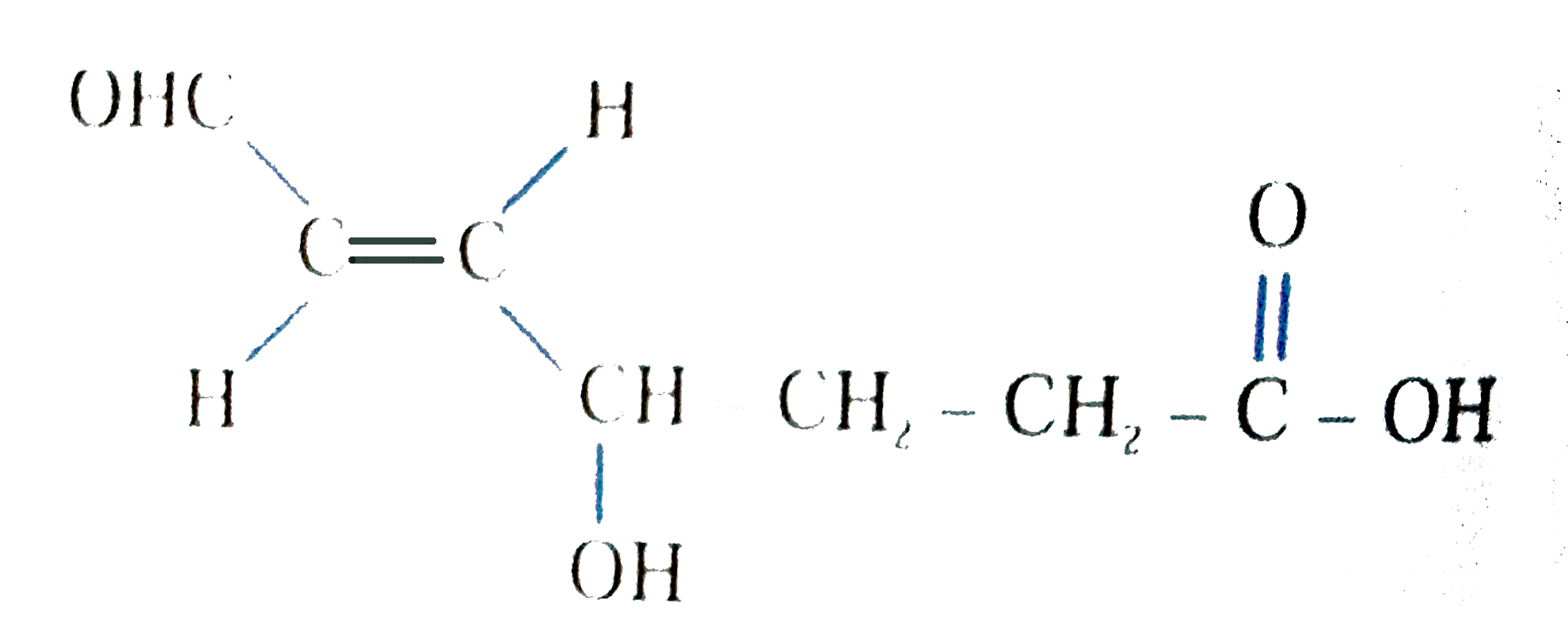The rate of a certain reaction at different times is as follows
Time0102030Rate3.2×10−23.18×10−23.22×10−23.19×10−2
The order of the reaction is
1
zero
2
3
The correct Answer is:B
To determine the order of the reaction based on the provided rate data at different times, we can follow these steps:
Step 1: Organize the Data
First, we will organize the given data into a more readable format:
| Time (s) | Rate (mol/L/s) |
|----------|----------------------|
| 0 | 3.2 x 10^(-2) |
| 10 | 3.18 x 10^(-2) |
| 20 | 3.22 x 10^(-2) |
| 30 | 3.19 x 10^(-2) |
Step 2: Analyze the Rate Values
Next, we will analyze the rate values. The rates at different times are:
- At time 0: 3.2 x 10^(-2)
- At time 10: 3.18 x 10^(-2)
- At time 20: 3.22 x 10^(-2)
- At time 30: 3.19 x 10^(-2)
We can see that the rates are very close to each other, indicating that they are nearly constant.
Step 3: Determine the Relationship Between Rate and Concentration
For a zero-order reaction, the rate of reaction is independent of the concentration of the reactants. This means that even as time progresses and the concentration of the reactants decreases, the rate remains constant.
Step 4: Conclusion
Since the rate does not change significantly with time and remains approximately constant, we can conclude that the reaction is a zero-order reaction.
Final Answer
The order of the reaction is zero.
---
First, we will organize the given data into a more readable format:
|----------|----------------------|
| 0 | 3.2 x 10^(-2) |
| 10 | 3.18 x 10^(-2) |
| 20 | 3.22 x 10^(-2) |
| 30 | 3.19 x 10^(-2) |
Next, we will analyze the rate values. The rates at different times are:
- At time 10: 3.18 x 10^(-2)
- At time 20: 3.22 x 10^(-2)
- At time 30: 3.19 x 10^(-2)
For a zero-order reaction, the rate of reaction is independent of the concentration of the reactants. This means that even as time progresses and the concentration of the reactants decreases, the rate remains constant.
Since the rate does not change significantly with time and remains approximately constant, we can conclude that the reaction is a zero-order reaction.
The order of the reaction is zero.
Topper's Solved these Questions
- BOOK - NARAYNACHAPTER - CHEMICAL KINETICS EXERCISE - EXERCISE -1 (C.W) (MOLECULARITY)5videos
CHEMICAL KINETICS
- BOOK - NARAYNACHAPTER - CHEMICAL KINETICS EXERCISE - EXERCISE -1 (C.W) (HALF-LIFE)7videos
CHEMICAL KINETICS
- BOOK - NARAYNACHAPTER - CHEMICAL KINETICS EXERCISE - EXERCISE -1 (C.W) (RATE OF REACTION & FACTORS)14videos
CHEMICAL KINETICS
- BOOK - NARAYNACHAPTER - CARBOXYLIC ACIDEXERCISE - All Questions288videos
CARBOXYLIC ACID
- BOOK - NARAYNACHAPTER - CHEMISTRY IN EVERYDAY LIFEEXERCISE - ASSERTION & REASON TYPE QUESTIONS10videos
CHEMISTRY IN EVERYDAY LIFE
Similar Questions
Molecularity of the following elementary reactions 2NO+O2→2NO2
04:10View Solution……………………… reaction obeys the expresison t1/2=1/ka in chemical kinetics.
00:44View SolutionThe rate of a gaseous reaction is given by the expression k [A] [B]. If the volume of the reaction vessel is suddenly reduced to 1/4th of the initial volume, the reaction rate relating to original rate will be
02:58View SolutionProvide IUPAC name of the compound given below.
 02:13View Solution
02:13View Solution(A) Analgesics bring down body temperature during high fever.
(R ) Tetracyclin is a tranquillizer.02:13View SolutionThe rate of a reaction starting with initial concentration of 2 xx 10^(-3) and 1 xx 10^(-3) M are equal to 2.40 xx 10^(-40) and 0.60 xx 10^(-4) M s^(-1) , respectively. Calculate the order or reaction w.r.t. reactant and also the rate constant.
05:31View SolutionThe rate constant of forward and backward reactions for certain hypothetical reaction are 1.1 xx 10^(-2) and 1.5 xx 10^(-3) , respectively. The equilibrium constant of the reaction is
01:42View SolutionThe rates of a certain reaction (dc/dt) at different times are as follows
TimeRate(mole litre−1sec−1)02.8×10−2102.78×10−2202.81×10−2302.79×10−2
The reaction is04:25View SolutionThe rate of the reaction A rarr products, at the initial concentration of 3.24 xx 10^(-2)M is nine times its rate at another initial concentration of 1.2 xx 10^(-3)M . The order of reaction is
04:16View SolutionThe rate of the reaction A→ products, at the initial concentration of 3.24×10−2M is nine times its rate at another initial concentration of 1.2×10−3M. The order of reaction is
02:15View SolutionAt 27^(@) C and 37^(@) C , the specific rates of a reaction are given as 1.62 xx 10^(-2) s^(-1) and 3.2 xx 10^(-2) s^(-1) . Calculate the energy of activation for the given reaction.
02:09View Solutionकिसी अभिक्रिया की दर (dc/dt) विभिन्न समय के लिये निम्नांकित
समयदर (mole liter−1second−102.8×10−2102.78×10−2202.81×10−2302.79×10−2
अभिक्रिया है03:55View Solutionअभिक्रिया A→ उत्पाद में. जब A की सांद्रता 2.4×10−2M से 1.2×10−2M तक अपचयित होती है तब समान ताप पर दर 8 गुना घटती है। अभिक्रिया की दर है
03:13View SolutionA→ उत्पाद, अभिक्रिया में प्रारम्भिक सांद्रता 3.24×10−2M पर अभिक्रिया की दर, इसकी अन्य प्रारम्भिक सांद्रता 1.2×10−3M पर दर की नौ गुना है। अभिक्रिया की कोटि होगी
04:03View SolutionRate constant of a reaction at 290K was found to be 3.2×10−3 . At 300K , it will be :
04:09View Solution

